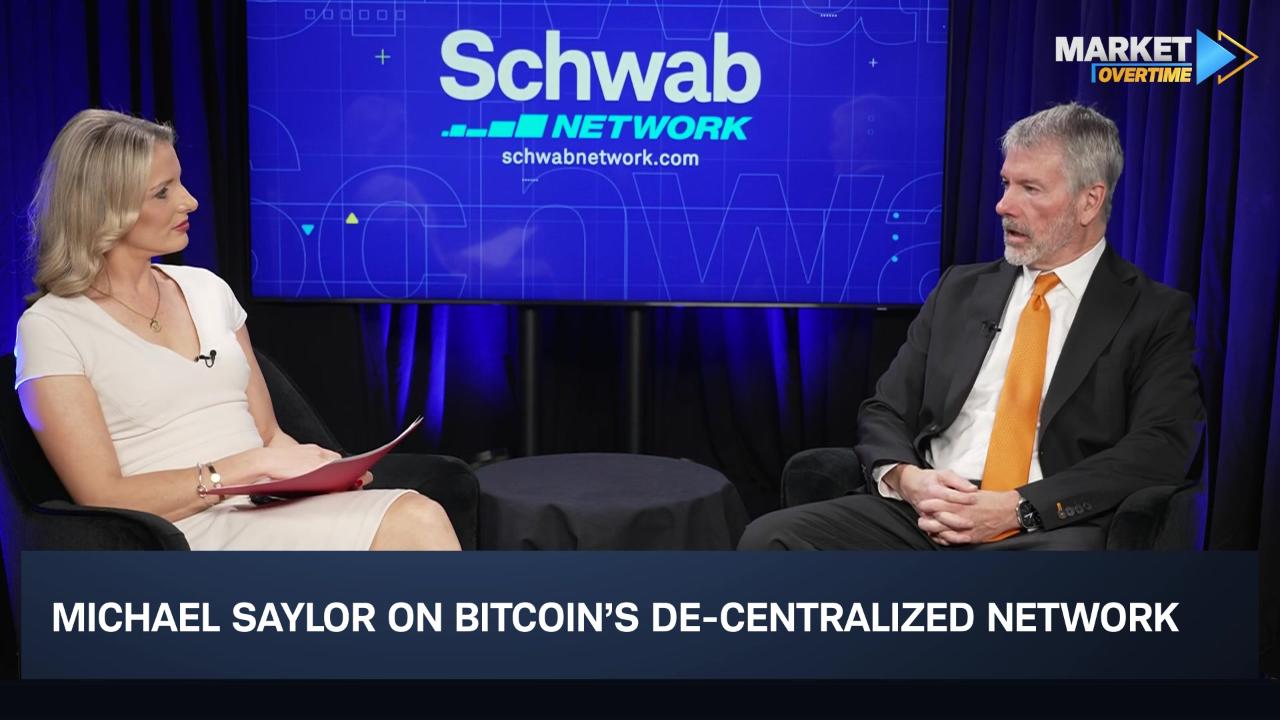- Market Minute
- Posts
- Quiet Cracks: Layoffs, Dollar Strength, and the Market’s Post-Fed Hangover
Quiet Cracks: Layoffs, Dollar Strength, and the Market’s Post-Fed Hangover

U.S. markets spent the week backing away from late-October euphoria as a stronger dollar, rising layoff headlines, and lingering policy uncertainty has chipped away at risk appetite beneath the surface of still-elevated index levels. The S&P 500’s (SPX) pullback was modest in points but meaningful in tone. After tagging an all-time high near 6,920 on October 29 ahead of the Fed’s latest quarter-point cut, the index has drifted lower since early November, with rallies increasingly dependent on a narrow group of AI and megacap winners while broader breadth has deteriorated.
Even on up days, most stocks traded in the red, a tell that the post-FOMC surge may be losing momentum. By mid-week, heavier selling followed a wave of labor-market and layoff headlines reinforced the sense that the peak on October 29 had marked at least a short-term inflection toward a more cautious regime. Currency markets amplify this message. The U.S. dollar extended its quiet rebound, with the Dollar Index grinding back above the 99.5–100 band, indicating demand for liquidity.
The riskiest undercurrent came from the evolving labor picture. With official BLS releases frozen by the shutdown, investors were forced to triangulate from private and third-party data. ADP reported that private-sector employers added just 42,000 jobs in October, better than the prior month’s decline but weak by historical standards and consistent with a slower hiring environment.
Challenger, Gray & Christmas then delivered the shock headline: 153,074 announced job cuts in October, the highest October tally since 2003 and a sharp jump from September, with AI, cost-cutting and soft demand all prominent catalysts. Estimated initial jobless claims also ticked up into the high-220,000s for the week ended November 1st, suggesting that while layoffs are rising from very low levels, the adjustment is still in its early stages.
Taken together, the data painted a picture of a cooling, more fragile labor market just as markets had been pricing a smooth “soft landing.” Volatility and positioning responded accordingly. The VIX pushed higher from the mid-teens toward the high teens, and at times the VIX futures curve flirted with flattening and brief pockets of front-end stress, reflecting demand for nearer-term protection even if a full, durable backwardation was not locked in. Credit spreads widened modestly, and funding conditions are being watched more closely as investors grow more sensitive to any signs that bank reserve scarcity might be interacting with softer growth to raise left-tail risks.
Sector moves over the week also underline the defensive rotation. Energy emerged as one of the relative winners, supported by its cash-flow strength and perceived value, finishing the period roughly flat-to-up as investors gravitated toward balance-sheet resilience. Consumer discretionary lagged meaningfully, pressured by concerns that rising layoffs and weaker real income growth could squeeze discretionary spending into year-end. High-valuation growth and select AI names remain volatile and sensitive to any sign that tighter financial conditions or regulatory and macro risks could challenge their premium multiples. Financials, particularly rate- and credit-sensitive names, traded cautiously as investors reassessed the economic glide path and the possibility of further credit normalization.
Layered on top were the familiar macro risks that kept buyers from fully embracing dips. The protracted federal shutdown continued to distort data and undermine confidence in the policy process. Markets remain wary of trade and tariff uncertainty, elevated geopolitical noise, and the possibility that Fed might be slower to arrest any deterioration if stress were to broaden as they balance recent rate cuts against liquidity considerations. With indexes only incrementally off their highs but leadership ever narrower, markets currently display vulnerability.
Morning Minute
Featured Clip
Tune in live from 8 a.m. to 5 p.m. ET, or anytime, anywhere, on‑demand.
Or stream it via thinkorswim® and thinkorswim Mobile, available through our broker-dealer affiliate, Charles Schwab & Co., Inc
Please do not reply to this email. Replies are not delivered to Schwab Network. For inquiries or comments, please email [email protected].
See how your information is protected with our privacy statement.
This material is intended for informational purposes only and should not be considered a personalized recommendation or investment advice. Investors should review investment strategies for their own particular situations before making any decisions.
Schwab Network is brought to you by Charles Schwab Media Productions Company (“CSMPC”). CSMPC is a subsidiary of The Charles Schwab Corporation and is not a financial advisor, registered investment advisor, broker-dealer, or futures commission merchant.
Charles Schwab Media Productions Company and all third parties mentioned are separate and unaffiliated, and are not responsible for one another's policies, services or opinions.
Data contained herein is obtained from what are considered reliable sources. However, its accuracy, completeness, or reliability cannot be guaranteed. All events and times listed are subject to change without notice.

